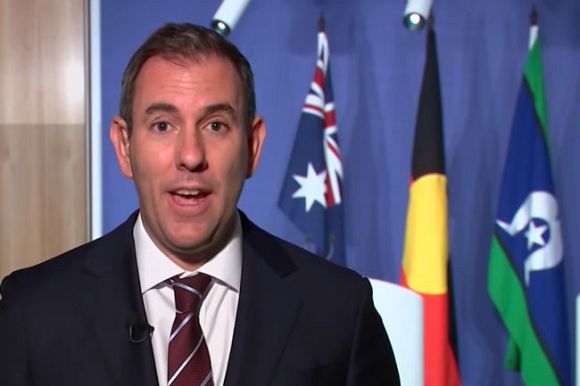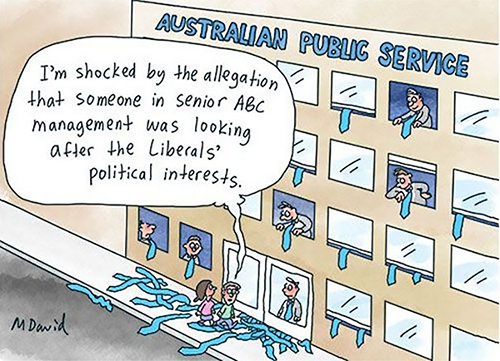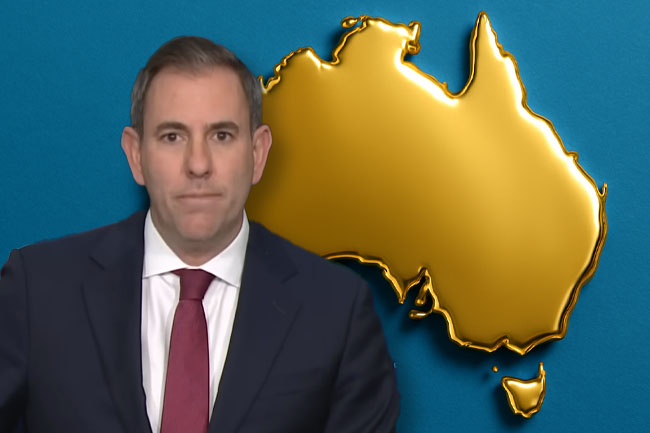While more still needs to be done, efforts to combat severe disadvantage in Australia are working, as Alan Austin reports.
OPTIMISTS BELIEVED the Albanese Government would need a decade to dent the severe poverty left after nearly nine years of Coalition corruption and incompetence. Pessimists thought they would never make much progress.
The latest datasets from the statutory authorities indicate significant advances in under three years. The end to severe preventable poverty may well be in sight.
Provision of additional social housing
In June 2022, according to recent Productivity Commission (PC) data, social housing accommodated 417,981 families. By June 2024, that number had surged to 426,470, with more housed in the seven months since then.
So in two years, Labor provided more homes for poor families than the Coalition did in the previous five, including the COVID stimulus period when billions of dollars were wantonly splashed around. See chart below.

Shorter lags for social housing
When Labor took office, 174,624 low-income families or individuals were waiting for a home, the PC reports. That was reduced to 169,209 by June 2023 and to 168,552 by June last year. That’s more than 6,000 needy families swiftly off the waiting list.
Permanent escape from homelessness
The PC document says 11.5% of citizens in 2020 who had found accommodation later returned to homelessness. The same percentage was recorded in 2021 and 2022. Then, consistent with all trends since the last election, the percentage fell in 2023 to 10.8% and again in 2024 to 10.3%. Small shifts, but in the right direction.
Rents now more affordable
When Labor took office only 9.6% of all public housing occupants paid rent at or below 20% of their total income. That’s now up to 10.7%.
Over the same period, the percentage paying 25% or less has increased from 97.7% to 98.4%. Only 1.6% of all public housing clients are now paying more than 25% of their income in rent. This alone has helped thousands.
Housing costs declining
Living expenses have not only stabilised since Labor’s budgets have taken effect, but some are declining. For the final two quarters of last year, housing costs fell in the Bureau of Statistics’ quarterly CPI calculations, reflecting significantly lower house prices in many regions.
Rents increased only 0.61% in the December quarter, the lowest rise in more than two years and less than half the long-term average quarterly rise of 1.27%. Housing costs appear under control — at last.
Fewer distress calls
Citizens needing financial assistance can contact the National Debt Helpline (NDH), a government-funded emergency call centre. The NDH provides real-time monitoring of hardship, as the number of calls each month is posted on the website on the first day of the following month.
The 12,234 calls in January were below the 2024 monthly average and way fewer than the 15,638 calls in January 2018 and 16,619 in January 2019 under the Coalition, pre-COVID. This suggests times are now much easier.
Macro and microeconomic reforms
The current steady reduction in poverty and homelessness is the result of a two-pronged attack. The Government has directed resources specifically to alleviating hardship and has greatly strengthened the economy overall.
Household wealth is now 23.7% above the level three years ago. Business profits, trade volumes and retail sales are all at fresh record highs.
The percentage of gross national income going to workers is up from a puny 49.3% in June 2022 to 53.5% last September. Australia’s median wealth is now the world’s second highest. Australia has avoided a negative quarter of GDP growth for three years now, one of few economies to have achieved this.
Critical steps taken
More than ten actions have been identified which have delivered poverty relief.
They include:
1. The weekly minimum wage was lifted from $772.60 in 2021 to $915.90, the strongest rise on record.
2. Inflation which soared under the Coalition’s policies to peak at 8.4% has been tamed, remaining below 2.7% for the last five months. That is the sharpest moderation in any parliamentary term since inflation targeting began. See chart below.

3. Wages and benefits have been rising faster than price rises for the last five quarters.
4. Local job programs have contributed to a stronger employment market, including 1.1 million more jobs. Job participation is at a record high.
5. Income tax rate changes have given low-income families more money for essentials.
6. The fortnightly single youth allowance for living away from home is up from $530.40 in 2021 to $663.30, a rise more than double inflation.
7. The fortnightly adult unemployment benefit is up from $642.70 to $778.00.
8. The single age pension was lifted from $900.80 to $1,047.10 a fortnight.
9. Energy subsidies have eased the burden on all consumers.
10. Investment in social housing has increased greatly, with recurrent spending up 7.9% and capital spending up a thumping 15.5% in 2024 over 2022 levels. See chart below.

11. The number of social housing dwellings has reached a new high of 449,902, nearly 9,000 more than two years ago.
Hope despite practical limitations
There will always be some persistently homeless people for whom no amount of budget allocations will make much difference. These include citizens with debts or addictions that consume every dollar they receive, those with severe mental health challenges and a small number committed to living off the grid and off government handouts. These have numbered 1,650 per million adult population fairly consistently.
Between censuses, no one knows the exact extent of poverty and homelessness. We are all extrapolating from limited data. What we do know is that Australians in need today, while more numerous than desirable, are fewer than under previous regimes and steadily diminishing.
Alan Austin is an Independent Australia columnist and freelance journalist. You can follow him on Twitter @alanaustin001.
 This work is licensed under a Creative Commons Attribution-NonCommercial-NoDerivs 3.0 Australia License
This work is licensed under a Creative Commons Attribution-NonCommercial-NoDerivs 3.0 Australia License
Support independent journalism Subscribe to IA.

Related Articles
- The strange world of nut-job economics
- Some Australian families are struggling, but fewer than ever before
- We expected an economic turnaround, but not this swiftly
- Australian economy languishes while Ireland, Singapore, NZ soar
- Our economy is a beast we keep feeding












